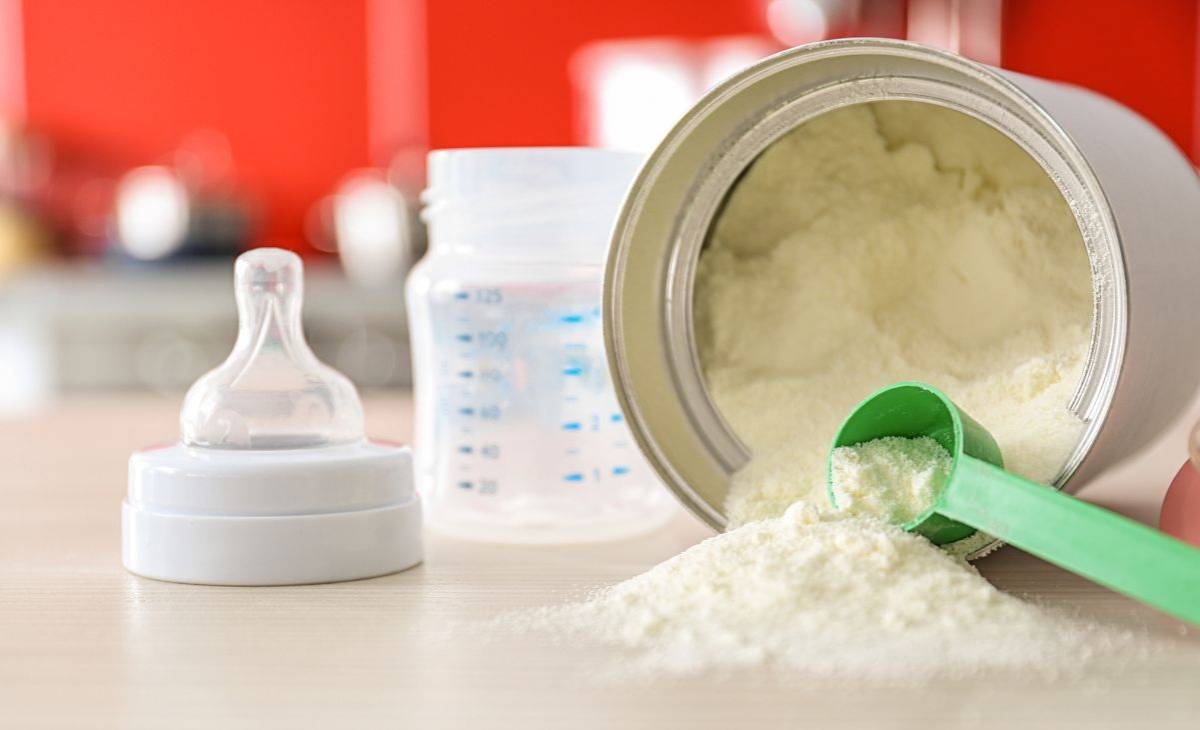Scientists find new ways to optimize food quality and safety
Researchers from the Department of Food Science at Arkansas University published an article in the Journal of Food Protection, delineating an approach aimed at ensuring the safety of low-moisture foods (e.g. powdered milk) while preserving essential nutrients (e.g. vitamins, minerals) and sensory characteristics (e.g. flavor).
Current food processing techniques, such as pasteurization and sterilization, prioritize safety through the application of high temperatures, which may compromise sensory attributes. Due to the lack of consideration for microbial diversity, prevailing industry protocols tend towards excessive caution, leading to unwarranted degradation of food quality while targeting the elimination of pathogens such as Salmonella and Listeria.
This study proposes a bootstrapping methodology employing a benign surrogate microorganism in conjunction with statistical techniques. This method estimates conservative kill ratios (KRs) in food processing, accounting for inherent experimental and biological variabilities within food matrices and aligning with FDA guidelines. Bootstrapping, a non-parametric method for uncertainty quantification, entails the generation of a large set of bootstrap samples through random selection with replacement, thereby establishing a sampling distribution of the statistic of interest. This approach furnishes valuable insights into the variability and uncertainty associated with the initial data.
This methodology was applied to previously acquired thermal inactivation data pertaining to Salmonella spp. (target pathogen) and Enterococcus faecium (surrogate) in Non-Fat Dried Milk (NFDM) and Whole Milk Powder (WMP) at temperatures of 85, 90, and 95°C. The resultant KR distributions for each treatment facilitate the selection of conservative KRs predicated on minimum processing temperatures and acceptable risk thresholds (e.g., percentage failing log cycle reduction Test (LCRTest)). Findings of this study indicated a consistent escalation in KR with temperature, with WMP exhibiting higher KRs compared to NFDM.
The dairy industry, alongside other food sectors, can capitalize on a framework predicated on minimum processing temperatures and acceptable risk thresholds to attain desired bacterial inactivation during validation procedures. This adaptable framework streamlines the estimation of conservative kill ratios (KRs) across a spectrum of food products, potentially mitigating quality diminishment.
Source:





















